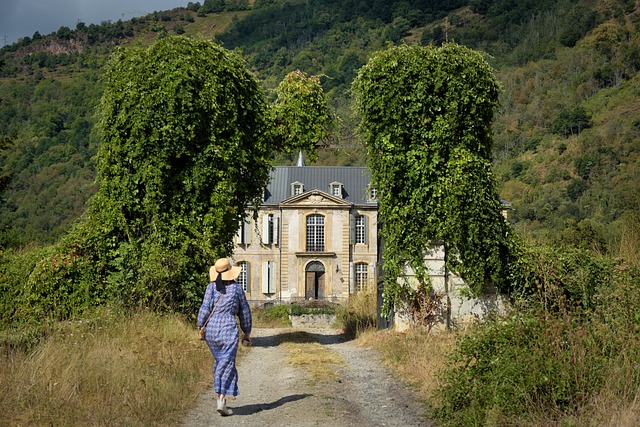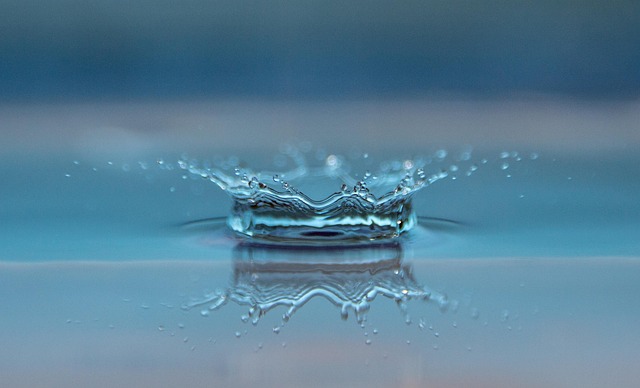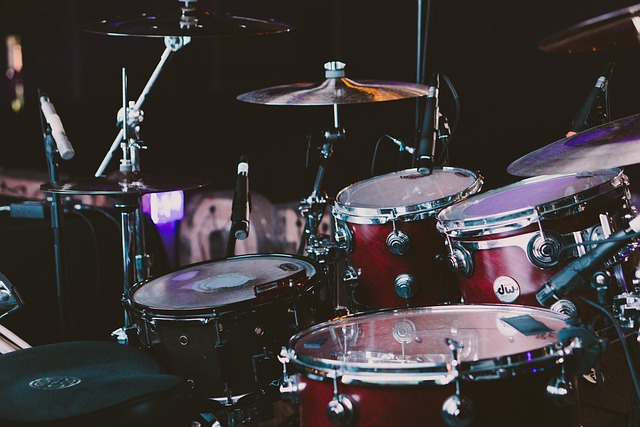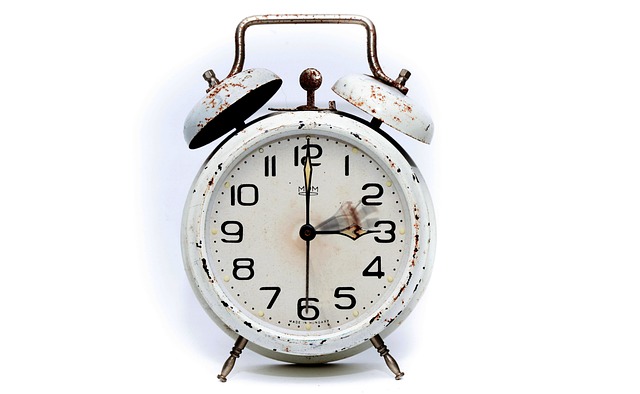Reviving the Art: Sculpture Restoration and Design Techniques
Sculpture is an enchanting form of art that captures the essence of culture, emotion, and history. These three-dimensional pieces often tell stories that transcend time, connecting us to the past through their intricate designs and masterful craftsmanship. However, what happens when these cherished artifacts succumb to the ravages of time, environmental factors, or human intervention? This is where the delicate art of restoration comes to play.
The Importance of Restoration in Sculpture
When a sculpture is damaged, it can feel as if a treasured piece of our shared heritage is lost forever. Restoration acts as a bridge between the past and present, breathing new life into works of art that might otherwise fade into oblivion. This process is not merely about fixing what is broken; it involves understanding the original design intentions of the artist and replicating their vision with painstaking care.
Restorers must immerse themselves in the history of the piece they are working on. This includes researching the materials originally used, understanding the techniques employed by the artist, and identifying the factors that led to deterioration. Each of these steps contributes to an authentic revival, preserving the integrity and spirit of the sculpture.
Techniques in Restoration
In the field of sculpture restoration, various techniques can be employed depending on the materials and the extent of the damage. For instance, when dealing with stone sculptures, conservators might use methods like stonemasonry to repair or replace lost elements. This involves finding compatible materials and employing traditional chiseling techniques to match the original craftsmanship.
For sculptures made of metals, restoration may include cleaning, polishing, and applying protective coatings to prevent future corrosion. Innovative technologies, such as 3D scanning and printing, are now revolutionizing the restoration process, allowing restorers to create precise replicas of missing sections that blend seamlessly with the original piece.
The Role of Design in Restoration
Restoration is not purely technical; it also involves a thoughtful application of design principles. A successful restoration should maintain harmony between the new and the old, ensuring that any additions are unobtrusive and respect the original aesthetic. This can be particularly challenging when working with abstract or modern sculptures, where the artist’s intent may be subject to interpretation.
Design choices made during restoration can evoke various emotions and reactions from viewers. An empathetic approach that honors the original design is crucial, as it celebrates the enduring connection between the artwork and its audience. Through careful design consideration, the restoration process can transform not just the physical state of the sculpture, but also enhance its emotional resonance.
Challenges in the Restoration Process
While the restoration process can be incredibly rewarding, it is not without its challenges. Conservationists must navigate the delicate balance between preserving authenticity and adapting to modern standards of safety and longevity. Public opinion often plays a role, with stakeholders expressing diverse views on what constitutes appropriate restoration.
The goal is always to respect the original artist’s vision, while also ensuring that future generations can appreciate and learn from these incredible works of art. This intricate dance of art and science is what makes sculpture restoration a unique and captivating field.
In the end, every restored sculpture is a testament to the resilience of art itself. It serves as a reminder that while time may leave its mark, the spirit of creativity and the stories embedded within these works can continue to endure through thoughtful restoration practices. Every touch of care not only revives the artwork but keeps its legacy alive for all to experience and cherish.




